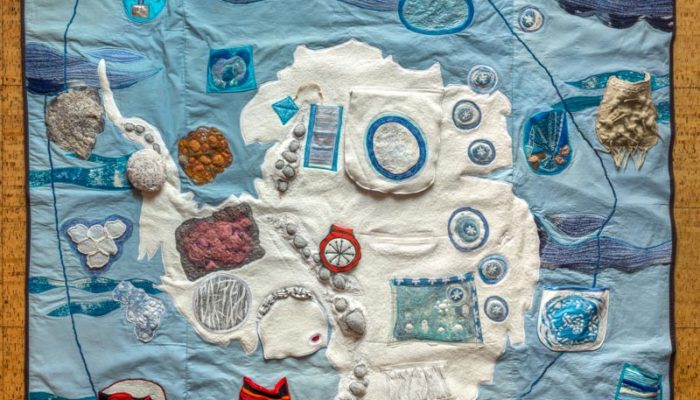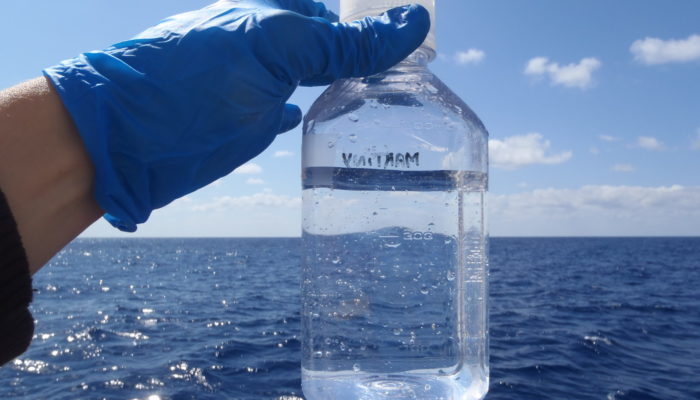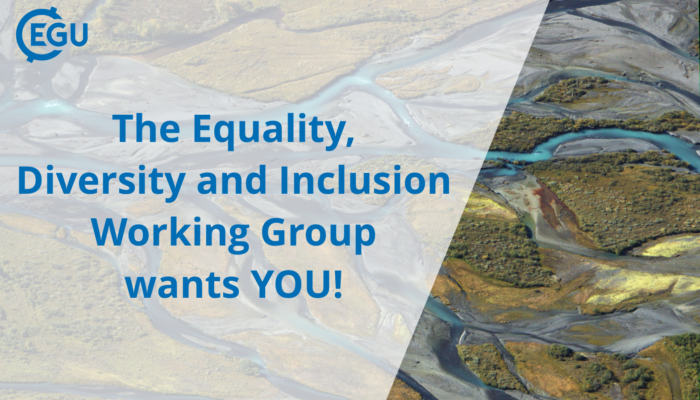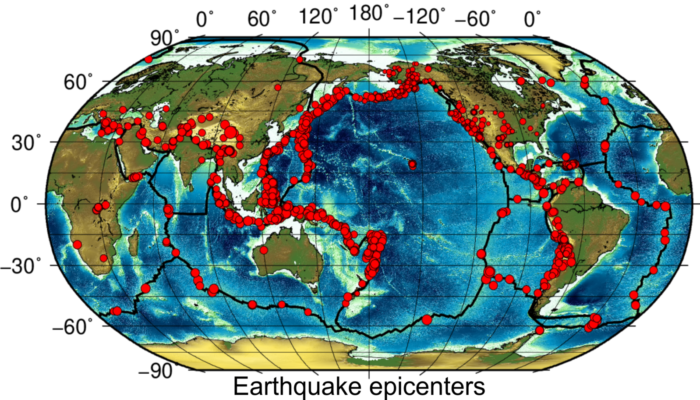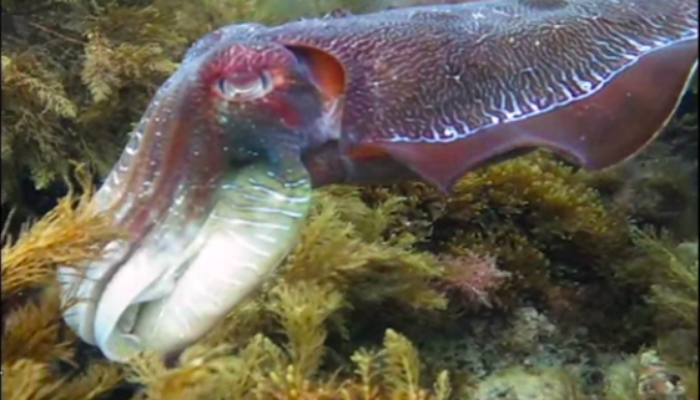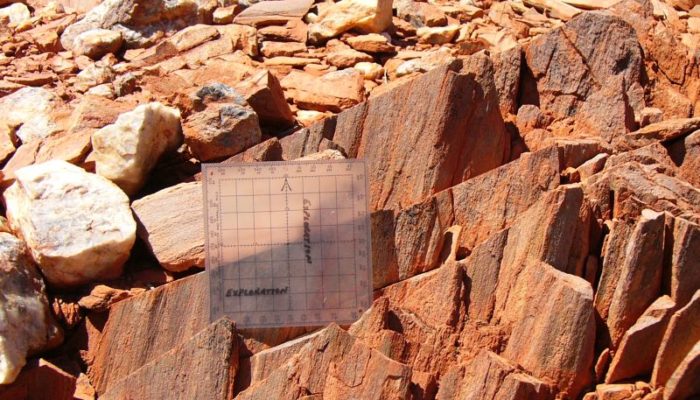On the 23rd of June, I participated in the Second Workshop for AI (Artificial Intelligence) for Natural Disaster Management that hosted around 400 scientists, UN advisors, practitioners and policymakers from all over the world interested in machine learning for supporting disaster prediction and early warning. AI is not my research area; however, I have always been interested in the new advances t ...[Read More]
GeoLog
Pride on board: working on an ocean-going research vessel as an LGBTQI+ person
Working from home during the pandemic has allowed many of us to look back on past experiences and to long for the days when our work in marine science took us to amazing places all around the world. Pride month is another great opportunity for reflection and to consider how things have changed for us as LGBTQI+ individuals and the community within STEM, including, on the International Day of the S ...[Read More]
Cryospheric Sciences
The softness of ice, how we measure it, and why it matters for sea level rise
One of the first things school children learn is that ice is a solid, and forms by freezing water. Most people think of ice as brittle–have you ever dropped a slippery ice cube on the kitchen floor, and watch it break and shatter into many pieces? It may be surprising, then, to find that ice can also stretch and squeeze, like a ball of pizza dough! Once deformed, ice is then softer in certai ...[Read More]
Ocean Sciences
Connecting the Networks for a better Understanding of the Ocean
Research in many scientific disciplines can be done singlehandedly by learning from the printed pages, solving complex equations and analyzing the data while sitting alone in an office. But observational ocean science research demands an involved team effort to get meaningful insights of the ocean. This is primarily because: The Ocean is vast – it is humanly impossible for anyone to conduct resear ...[Read More]
Geodesy
Meet the new Geodesy Science Officer – Part 2
In the past weeks you have met the president, deputy president and one science officer of the Geodesy division. Last but not least, we introduce you today to the second science officer: Xavier Collilieux. He also answered a few questions for us (including where his favourite place in Vienna is). Curious to find out? Then read below. What is your position within the EGU and/or the Geodesy Di ...[Read More]
Climate: Past, Present & Future
Presenting the EGU Climate Division Team 2021
Every year at the General Assembly all EGU members have a chance to vote for their representatives during the different division meetings. In the Climate Division, we have a team of President and Deputy President, a Programme Group Chair, Science Officers, as well as Representatives for the Early Career Scientists and an Outreach Team. There is further the OSPP Coordinator and the chairs for the H ...[Read More]
GeoLog
EGU Equality, Diversity and Inclusion Working Group: ‘We need to diversify our team’
In autumn 2018, the EGU Council established a working group whose aim is to promote and support equality, diversity, and inclusion in the Earth, planetary, and space sciences, with a focus on EGU activities. The group works closely with EGU’s Council and Committees to improve EGU’s equality, diversity and inclusion as an organisation. Since the Equality, Diversity and Inclusion (EDI) Working Group ...[Read More]
Geodynamics
Earthquakes within the plates
As fascinating as the plate tectonics and its accompanying dynamics are, continental interiors are no quiescent zones. The tectonics within these interiors are apparent in the occurrence of numerous intraplate earthquakes, and this week, EGU blog editor Arushi Saxena briefly discusses them and their mechanisms. Earthquakes are a fairly common occurrence here on Earth’s crust. Although most are ess ...[Read More]
GeoLog
Imaggeo On Monday: Giant Australian Cuttlefish in the Spencer Gulf, South Australia
In the shadow of the Santos oil and gas processing plant and export terminal lies the only place in the world where cuttlefish come together by the tens of thousands to mate every winter. The unique geology of the area, with a seafloor composed of bedrock and tabular quartzite blocks, makes for an ideal egg-laying habitat, and thus is an attractive breeding ground for the Australian Giant Cuttlefi ...[Read More]
Tectonics and Structural Geology
Features from the Field: Stretching Lineations
Deep beneath our feet, deformation of rocks at high temperature produces impressive structures such as shear zones, that localize the movement of two volumes of rock with respect to one another. Shear zones are strongly deformed bands with strongly foliated structures (i.e., with rocks that look like a pile of leaves) and kinematic indicators, such as S-C fabrics, that tell us geologists which way ...[Read More]



